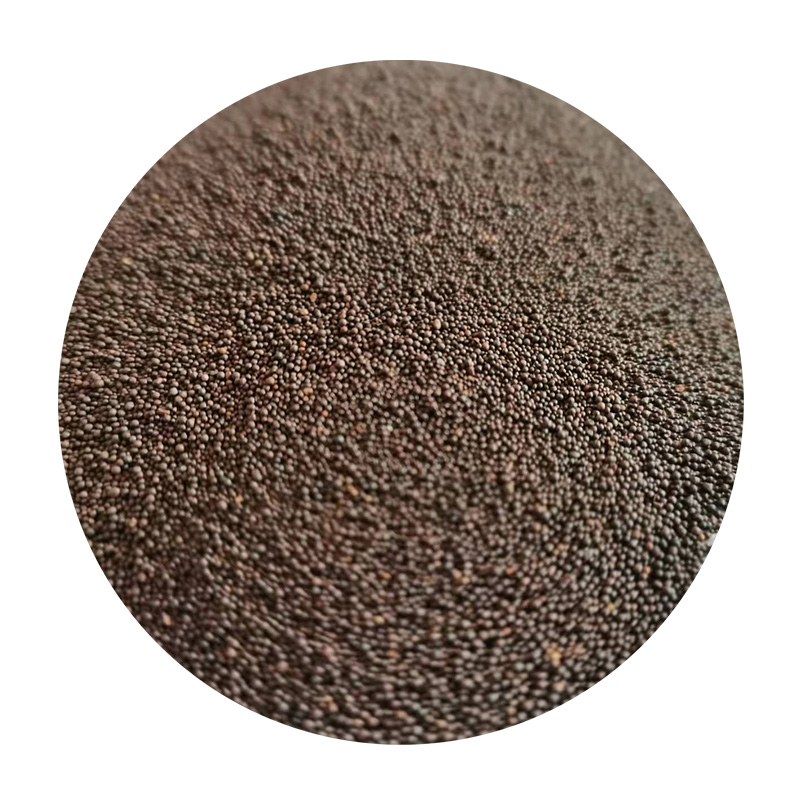

Sand casting also plays a pivotal role in the creation of marine components. Shipbuilders utilize this technique to produce propellers, engine parts, and various fittings, taking advantage of its anti-corrosive properties and structural soundness. This process ensures that maritime vessels operate efficiently in demanding environments, withstanding the corrosive effects of saltwater over extended periods. The realm of art and sculpture is yet another domain where sand casting showcases its versatility. Artists and sculptors employ this technique to transform molten metal into intricate and expressive works of art. The process permits the creation of unique and complex designs that capture fine details and textures, making it an ideal medium for large-scale installations and singular art pieces. Sand casting's synergy of tradition and technology continues to evolve, accommodating advances in materials science and manufacturing techniques. As industries demand components that combine complexity with precision, sand casting rises to the challenge, reinforced by a foundation of expertise and trustworthiness garnered over decades. Its enduring presence across various sectors testifies to its ability to adapt, innovate, and deliver quality results consistently. Therefore, when considering production processes that deliver on efficiency, cost-effectiveness, and precision, sand casting stands as a testament to engineering excellence, ready to meet the demands of next-generation manufacturing. Post time:Şub . 15, 2025 08:26
Next:Sintered ceramic sand made in China same with Cerabeads AFS 60
